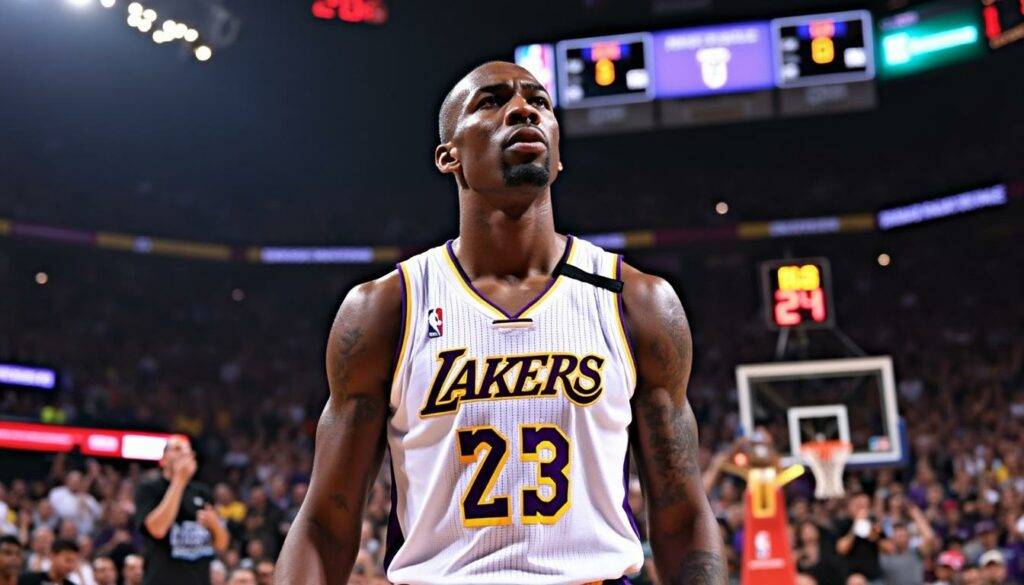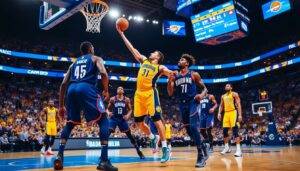Tyrese Haliburton's participation in NBA Finals Game 6: a complex decision awaits

The stage is set for a dramatic Game 6 in the NBA Finals, and all eyes are glued to Tyrese Haliburton’s availability amidst a strained right calf injury. The Indiana Pacers’ star point guard embodies both hope and uncertainty as his team faces elimination against the Oklahoma City Thunder. This isn’t just about a player battling pain—it’s a high-stakes chess match involving medical assessments, business considerations, and a player’s competitive spirit intersecting in a pressure cooker. How Haliburton decides to take the court could very well influence the destiny of an entire franchise chasing their first-ever NBA championship.
Tyrese Haliburton’s Status For NBA Finals Game 6 Amid Calf Injury Concerns
Haliburton’s commitment to playing through injury reveals a mindset steeped in grit and determination. Saying, “If I can walk, then I want to play,” the Pacers’ guard made it clear he’s willing to endure the pain for the opportunity to compete. Yet his coach, Rick Carlisle, has wisely maintained that Haliburton will be a game-time decision, reflecting the delicate balancing act between risk and reward.
Orthopedic experts working with NBA teams have stressed the complexity behind decisions involving strained muscles. Rather than a mere show of toughness, these choices demand extensive medical review, multiple MRI scans, and consultations between trainers, doctors, players, and their agents. It’s a multifaceted evaluation considering injury severity, healing potential, and, yes, business interests.
- Haliburton aggravated his calf in Game 5, impacting his mobility during the loss.
- Pacers trail the series 3-2, amplifying the urgency of Game 6.
- Player’s agent involvement essential for assessing play risk.
- Medical consultations typically include second opinions and imaging reviews.
- NBA teams take a cautious approach to muscle strains, avoiding rushed returns.
For fans tracking this saga and the broader Finals battle, sites like Basketball Evolution offer comprehensive coverage of the ongoing series drama.
How Calf Injuries Influence NBA Playoff Performance
Calf strains, especially at this stage of the playoffs, represent a ticking clock for recovery that defies shortcuts. Unlike ligament injuries, these muscle strains require time and careful management. According to trainers like Keith Jones, standard recovery period involves at least seven days of rest, massage, ice, and controlled activity—luxuries Haliburton doesn’t have as the Pacers gear up for Game 6 in less than 72 hours after Game 5.
The uncertainty about the injury’s effect on Haliburton’s explosiveness and agility is palpable. Basketball demands constant cutting, jumping, and quick pivots—actions that put the calf under considerable stress. Overcompensating or misstepping could lead to setbacks or even more serious damage.
- Muscle strains can persist despite pain management therapies.
- High-intensity moves like rebounds or drives increase risk of aggravation.
- Pacers' medical team employs near round-the-clock treatment using massage, hyperbaric oxygen, and specialized tapes.
- Players’ biomechanics are scrutinized to ensure no altered mechanics.
- Recovery is as much biological as it is tactical in the Finals context.
Fans interested in deep NBA Finals analysis and injury impacts can follow updates on Basketball Evolution.
Balancing Pain, Risk, and Competitive Will in Championship Basketball
Haliburton’s situation echoes legendary NBA moments where players have powered through pain to win glory. Willis Reed’s 1970 NBA Finals Game 7 entrance despite a leg injury remains the gold standard of toughness. Today’s players face heightened medical scrutiny, but the personal pain threshold continues to play a central role.
Sports medicine experts note that athletes constantly navigate what their bodies can tolerate. If biomechanics are not severely impacted, playing with a strain is often viable. The Pacers’ star, a triple threat with strong playoff averages—approximately 17.9 points, 9.1 assists, and 5.8 rebounds—illustrates the challenge perfectly. His role requires both finesse and physicality, heightening the stakes of playing injured.
- Haliburton’s on-court versatility includes scoring, playmaking, and rebounding.
- Playing through pain risks spasm and cramping, potentially limiting effectiveness.
- Pain management strategies include advanced therapies and targeted support.
- Players, agents, and doctors weigh long-term health versus short-term gain.
- The Pacers banking on Haliburton reflects a “win now” mentality amid Nike gear and Jordan Brand sponsorship blitz.
Aside from injury-focused insights, immerse yourself in NBA Finals fan culture and engagement through Basketball Evolution’s fan experience features.
The Risks: Insights From NBA Orthopedists and Historic Precedents
The specter of Achilles injuries looms large in fans’ minds, especially considering Kevin Durant’s 2019 playoff saga, where a calf injury ultimately led to a catastrophic Achilles tendon rupture. However, orthopedic experts clarify that a strained calf muscle and an Achilles rupture occur in distinctly different anatomical locations, and there is no direct correlation causing one to lead to the other.
Haliburton’s MRI and medical scans provide a clearer picture of his condition, reassuring team staff and fans that the risk of worsening to an Achilles rupture is minimal if managed correctly. The risk narrative then centers on amplifying the current calf injury, potentially sidelining him longer if worsened during play.
- Achilles ruptures occur lower than muscle strains.
- MRI imaging distinguishes between muscle and tendon involvement.
- Players with preexisting Achilles issues are at higher risk but Haliburton is deemed not one of them.
- Playing while managing injury depends on pain tolerance and risk appetite.
- Historical examples, like Michael Jordan’s famous flu game, inspire decisions to push through adversity.
For expanded context on injury and player safety policies in the NBA Finals, explore thorough breakdowns at Basketball Evolution.

